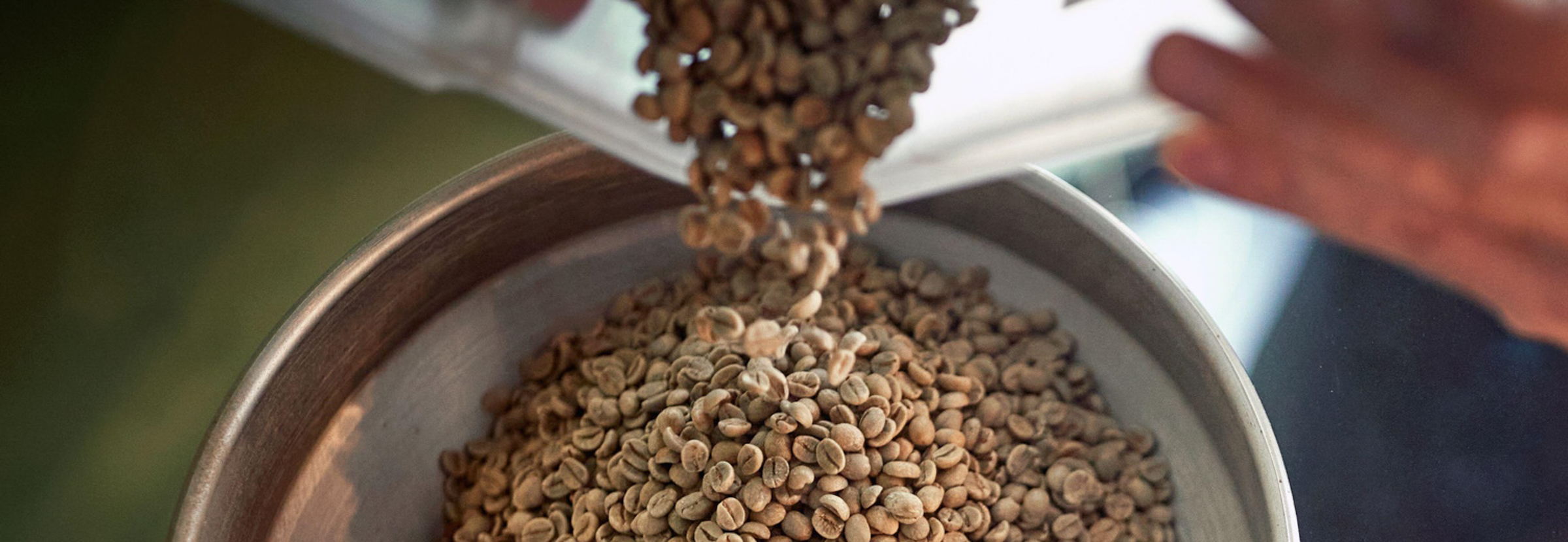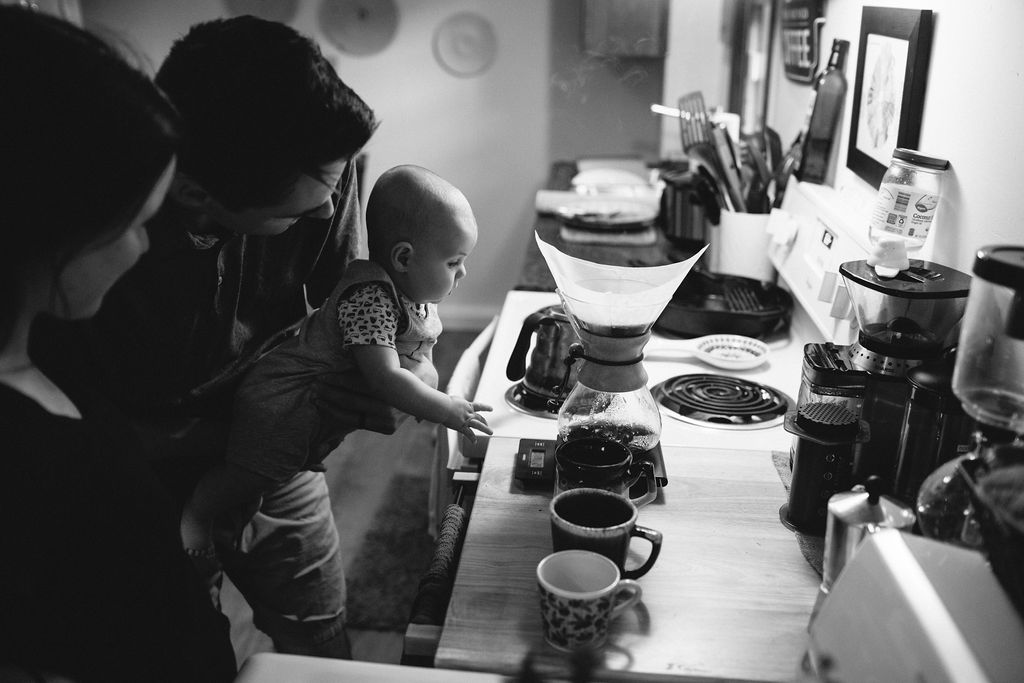Specialty roasters: How often should you rotate your green coffee?
For the majority of roasters, it’s never been as important to stay competitive. With rising energy and labour costs, coffee businesses’ margins are as tight as ever. However, it’s still imperative that roasters continue to sell a variety of coffees to suit a number of consumer taste preferences.
But alongside this, roasters also need to make sure all their coffee stays fresh – no matter how many they are selling at any given time. To do this, they need to carefully manage and rotate their stock of green coffee.
Although stock rotation can be challenging, there are several ways in which roasters can do this effectively, sustainably, and profitably. To find out more, I spoke to Richard Sandlin, Director of Business Development at Royal Coffee. Read on for more of his insight.
You may also like our article on whether you can freeze green coffee.
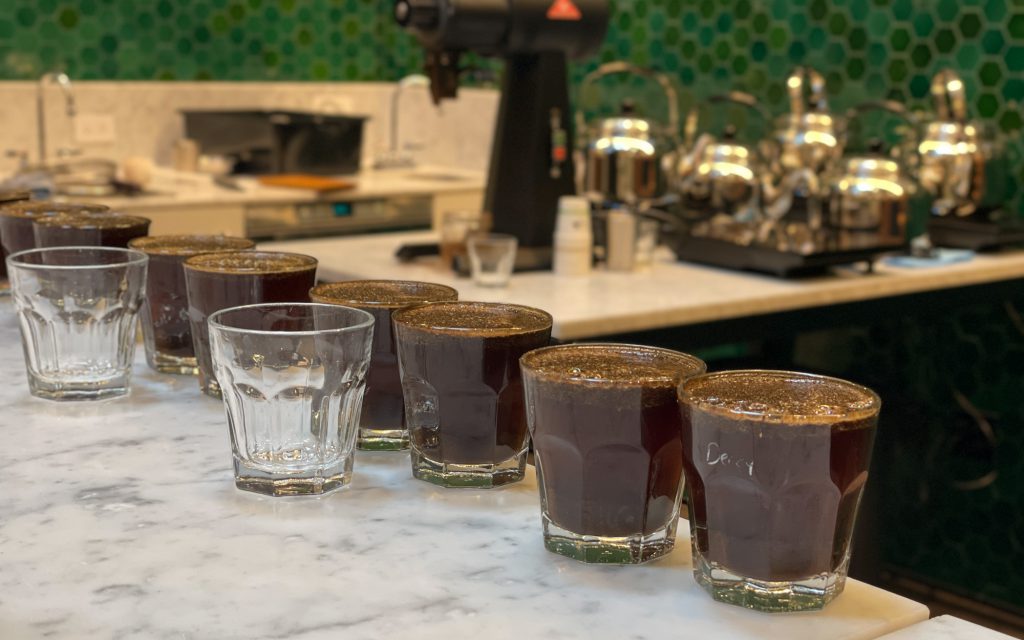
Why do specialty coffee roasters need to rotate their beans?
In simple terms, green coffee rotation is done in two ways:
- When roasters sell previous harvests of a particular coffee to customers and then purchase a new harvest of the same coffee.
- When roasters sell a previous harvest of a particular coffee to customers and then buy a new harvest which currently isn’t on their menu.
“It’s mainly about ‘first in, first out’,” Richard says. This is when coffees which were bought first need to be sold first to make sure that stock stays as fresh as possible, but it is often more complicated than this.
“Buying green coffee isn’t as simple as buying 60kg bags or lots,” he explains. “Coffee is a seasonal product – it’s harvested at different times around the world, it ships at different times, and arrives at different times.
“Because of coffee’s inherent seasonality, I always encourage roasters to equally consider three key pillars: price, availability, and quality,” Richard adds. “When one of these three pillars moves in a more drastic direction, sourcing the right coffee for your needs can be more difficult, so rotating your coffee and thinking more strategically can be the perfect solution.”
Preserving freshness
In order for customers to experience the full spectrum of the flavours in coffee, it must be fresh, so it’s important to rotate them. This is because as coffee ages, it oxidises and becomes stale, thereby losing its flavours and aromas.
Roasted coffee is much more susceptible to staling than green coffee as the roasting process causes a number of irreversible changes in the beans’ cell structure. However, green coffee can still age and lose its freshness, so roasters need to also take this into consideration.
Generally speaking, green coffee stays fresh for six to 12 months, so roasters should purchase coffee with this in mind.
“In a perfect world, a roaster’s coffee will arrive in an importer’s warehouse about one to three months before they need it,” Richard says. “Moreover, roasters ideally contract or buy enough green coffee to last them between three and six months.
“Rotating your green coffee efficiently ensures that you always have access to the freshest coffee, without buying 12 months of coffee upfront,” he adds.
Inventory management
Whatever size a roaster may be, stock management is an essential part of operating a business as effectively as possible.
Ultimately, roasters need to understand how much storage space is available before purchasing larger volumes of coffee. Furthermore, roasters must also be aware of which green coffee needs to be roasted first so that they can sell it sooner rather than later.
Richard, meanwhile, tells me that managing stock is also about much more than storage space.
“You need to know how to look for core coffees that are dependable,” he says. “For example, you can buy coffees from Honduras, Guatemala, Peru, and Colombia almost year-round to create a consistent profile for your blends.
“It’s best to focus on flavour first and origin second,” he adds. “This allows roasters more room to manage not only their inventory, but also their cash flow.
“For this particular reason, Royal Coffee launched the Royal Gem collection – 50lb (around 22.6kg) boxes of green coffee curated by our expert traders,” he continues. “Our goal with this collection is to help streamline green coffee buying and logistics to make it easier for roasters to scale their businesses by offering reliable, affordable, and delicious coffees.”
Variety
Maintaining coffee freshness and selling a variety of different lots at the same time can often be something of a balancing act. Today’s specialty coffee drinkers expect a range of origins, varieties, processing methods, and roast profiles.
While blends are an essential part of many roasters’ offerings, single origins are also popular.
“Single origins can allow roasters to be more flexible,” Richard says. “Your single origin range can be as broad as you want it to be.”
As part of this, some roasters choose to sell much smaller quantities of coffee – including micro and nano lots. These lots can often be unique selling points for roasters as they tend to have much more distinct and complex sensory profiles.
“Royal Coffee’s Crown Jewels are process and variety-specific, micro-milled lots which are chosen specifically to sell as top-shelf offerings,” Richard says. “Each Crown Jewel lot comes with a five-part analysis which explains the producer’s story, specifications about the coffee, and a range of optimal roast profiles and brew methods, as well as cupping notes from our team.”
Micro and nano lots are available in much smaller quantities than most coffees. In turn, roasters can sell them more quickly, which not only creates a more exclusive and limited-edition product, but means that roasters can manage their stock and rotate coffee more efficiently.
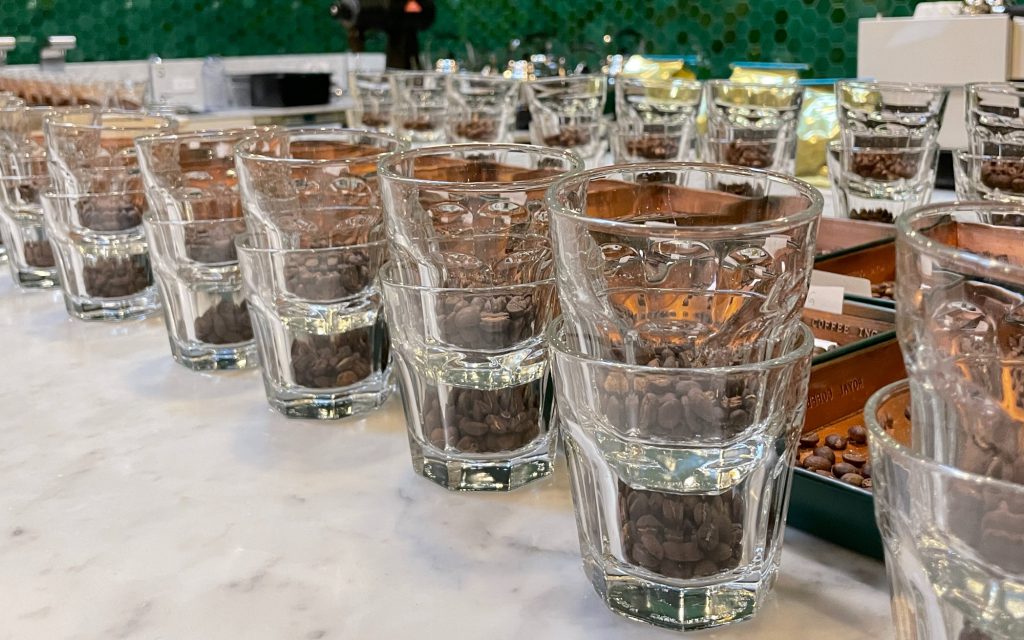
How should roasters rotate their specialty coffee?
When it comes to roastery management and green coffee rotation, there can be many challenges and risks. However, there are also several ways which roasters can overcome any potential issues.
Buy smaller volumes of coffee
Although larger roasters will still need to purchase significant volumes of coffee to keep up with demand, smaller lots can help them to stay flexible. This is because they will sell – and in turn can be rotated – more quickly.
“Roasters should develop their own monthly usage calculator to understand more about their menu slots,” Richard explains. “For example, at any one time, a roaster could have three single origins, two blends, a decaf option, and then a ‘roaster’s choice’ coffee.
“Once you have more of a grasp of how much of these coffees you need every month, you can then calculate the number of full-size bags that you have to buy for any given period, as well as any 22lb (around 10kg) Crown Jewel boxes or 50lb Royal Gem boxes,” he adds.
Balance costs
For any coffee business, knowing how to manage costs is vitally important. However, roasters also need to sell coffees which will be popular with a broad range of consumers, which also means offering a broad spectrum of quality.
“For most roasters, it’s far easier to build a business on buying US $3 to $6/lb coffees than US $8 to $12/lb coffees,” Richard tells me. “If you compare quality and cost, roasters typically sell much more mid-tier priced coffee than more expensive coffee.
“However, there are also times when roasters need to buy more top-quality coffee, like Geshas or experimental processed coffees, but this is typically the exception rather than the norm,” he adds.
Packaging
When it comes to green coffee rotation, Richard explains that another important factor which can often be missed is packaging.
With the increasing need to stand out from competitors, packaging design has become more of a focus for roasters and consumers. However, roasters still need to be mindful of how much packaging they are ordering for particular coffees.
“The more flexibility you have with your packaging, the better your ability will be to rotate your coffee,” he says. “In turn, you can then sell the freshest possible coffees.”
Purchasing packaging with lower minimum order quantities and shorter lead times can help roasters to keep on top of their stock. Moreover, doing so can also make sure roasters are managing their costs more effectively.
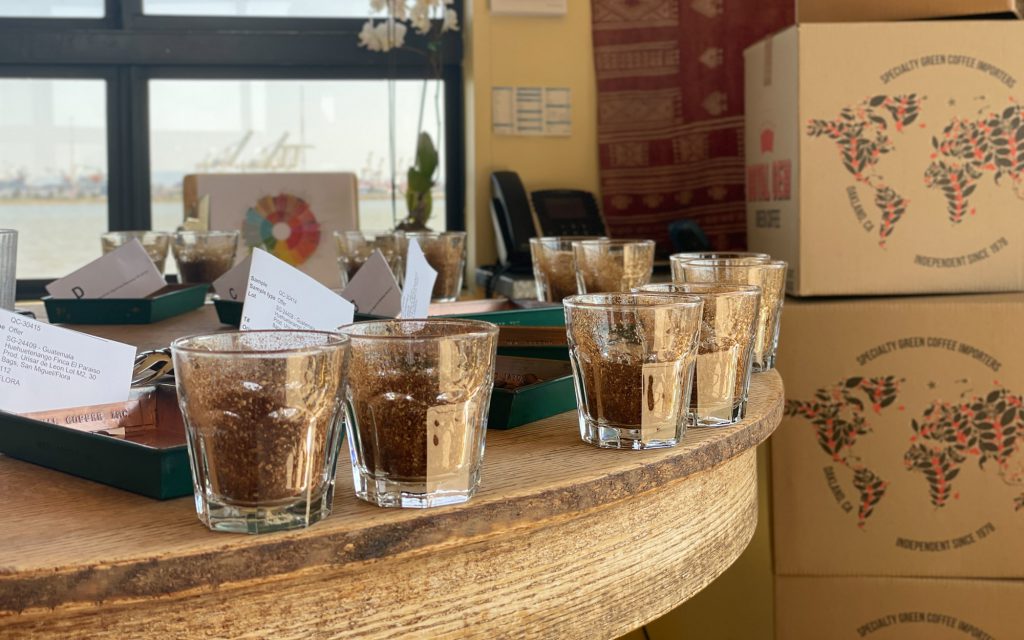
What are the benefits of rotating coffee?
It’s clear that when roasters rotate their coffee on a regular basis, there are a number of advantages.
Menu curation
As part of remaining competitive, every roaster needs to develop their own unique menu, while also making sure they can balance costs and remain profitable.
Moreover, a roaster’s offerings need to cater to a wide range of consumers. These include preferences for more traditional flavour profiles to people who are interested in more complex-tasting coffees.
“Many roasters look to the higher-end coffees, such as Royal Coffee’s Crown Jewels, as marketing opportunities to push the boundaries of quality,” Richard tells me. “This can pay dividends because even though these coffees are less profitable per pound, they still gauge a lot of interest from customers and wholesalers.
“Conversely, however, the more flexibility you have with your menu, the easier it will be to move coffees which perhaps aren’t as fresh,” he adds. “Even if you predominantly focus on single origins, having one or two core blends is critical to selling older coffees.
“What might taste a little older to one roaster might be in the sweet spot for another, so there isn’t one general rule of thumb to follow,” Richard continues. “Understanding your quality control process is the best place to start – the more you know your coffee, the easier it will be to catch when it is starting to taste less fresh.”
Creating more consistency for customers
For some roasters, rotating coffees can pose some risk – especially when it comes to maintaining consistent sensory profiles. This can be particularly apparent with blends, which customers often rely on for more dependable flavours.
“Coffee rotation is about thinking more strategically, diversifying your needs, and finding coffees that can wear multiple hats on your menu,” Richard explains.
“For example, honey processed Honduran coffees aren’t available all year round,” he adds. “However, honey processed coffees – or coffees which have similar flavour profiles – from other Central American countries are.
“Basing some portion of your business around blends, in tandem with single origins, means you can have something for everyone,” Richard continues.
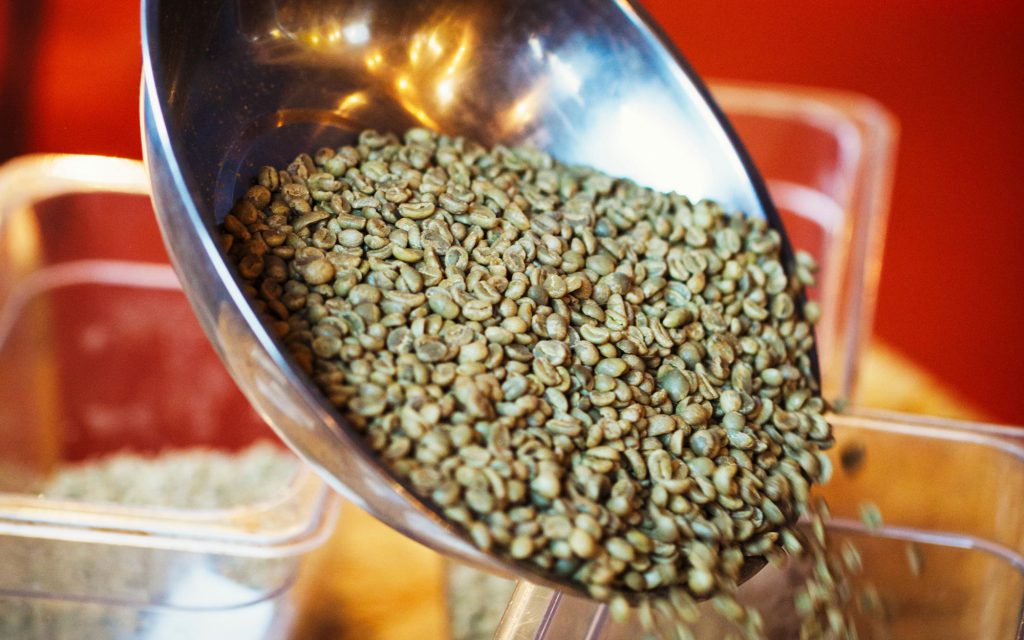
To run a successful and sustainable roastery, stock management is clearly an important factor. However, it’s also clear that rotating coffees in a regular, structured manner is a key part of this.
“There’s no need to reinvent your entire menu every month, but rotating new items in and out every few months keeps your offerings fresh and allows you to change with the seasons,” Richard concludes. “Source and contract coffee with the seasons, which guarantees freshness while keeping a healthier cash flow.”
Enjoyed this? Then read our article on how much green coffee you should order for your roastery.
Photo credits: Royal Coffee
Perfect Daily Grind
Please note: Royal Coffee is a sponsor of Perfect Daily Grind.
Want to read more articles like this? Sign up for our newsletter!

